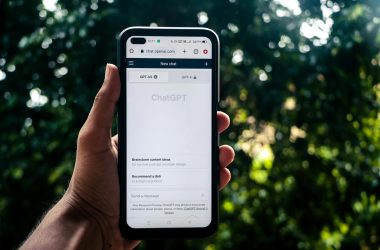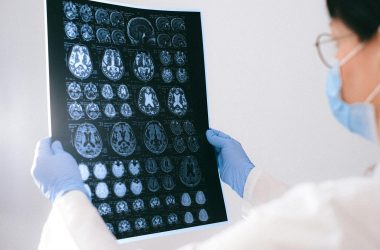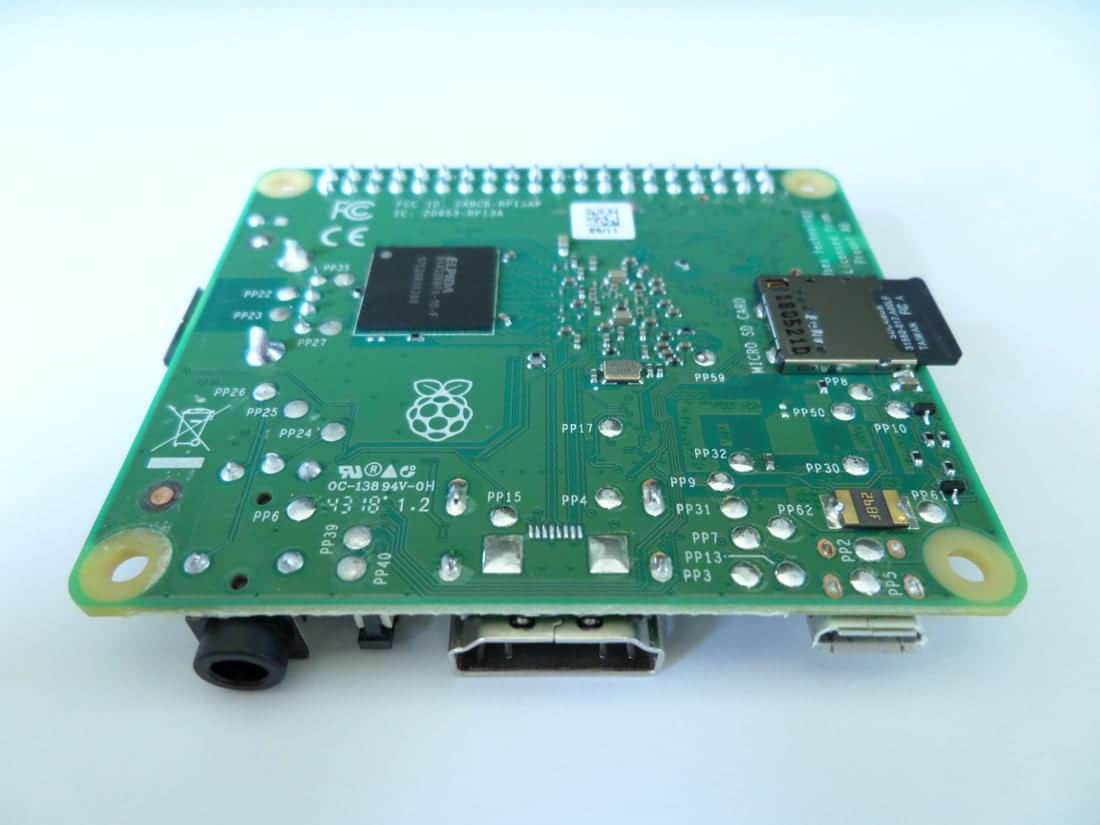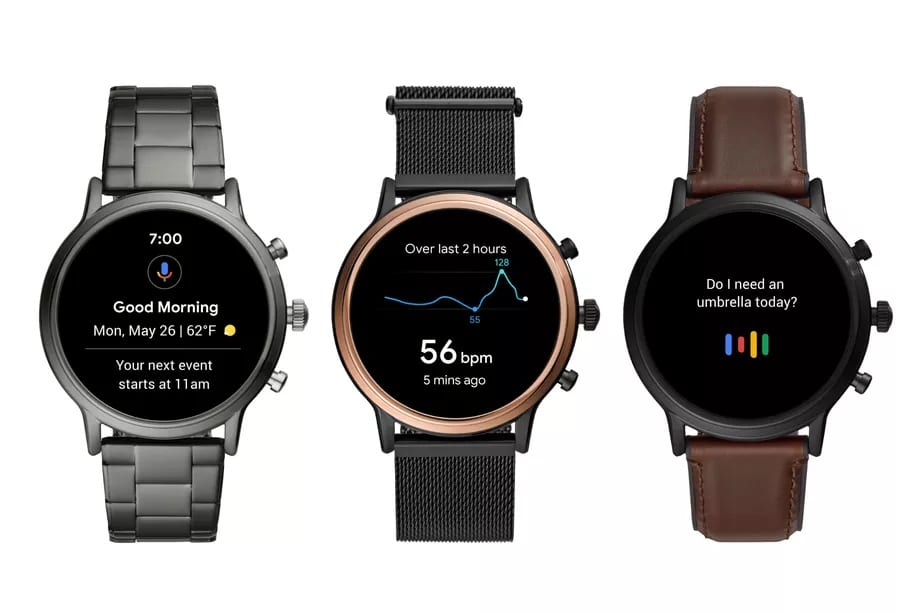Continuous Glucose Monitors (CGMs) have been helping type 1 diabetes patients to respond to their insulin needs quicker via continuous monitoring and notifications, but there’s plenty of room for improvement.
Incorrect insulin levels can be life-threatening, and so sleeping through the CGM’s alarm is potentially dangerous. For Dana Lewis, this was a problem (usually at night). Her CGM beeps if her glucose levels fall or rise too steeply, but sometimes she can’t hear the beep, and ends up feeling unwell in the morning.
Dana, a Seattle-based data analyst, first set out to implement a louder alarm, but she and her husband Scott Lewis were able to get her data off the device (I don’t know why these devices don’t make it easier to get your data off them).
They decided to start developing a machine learning algorithm (in this case, a predictive algorithm) to mimic the mental decisions one makes when administering insulin. This was done in accordance with the data provided by the CGM. She essentially ‘taught’ her device to handle insulin administration for her! The software can run on a Raspberry Pi, a $35 single board computer in conjunction with a battery, the insulin pump, and CGM. It was called a ‘closed-loop artificial pancreas’.
An insulin pump on the other hand is used to administer insulin. The Lewis’ bridged the gap between the monitor and the pump so that the monitor could automatically administer the right amount of glucose based on the monitor’s readings. I’m personally shocked that insulin pumps and CGMs weren’t already doing this.
Dana Lewis said: ‘Most people don’t understand that medical device technology is about ten years behind everything else’.
They called the predictive software OpenAPS — Open Artificial Pancreas System, and its source code is on GitHub if you’d like to learn more about it. It’s refreshing to see people apply their skills during their busy work schedules to develop open source technology to help out fellow diabetes victims. The safety implications could be tremendous, as people with diabetes might finally be able to sleep without risking their lives.







